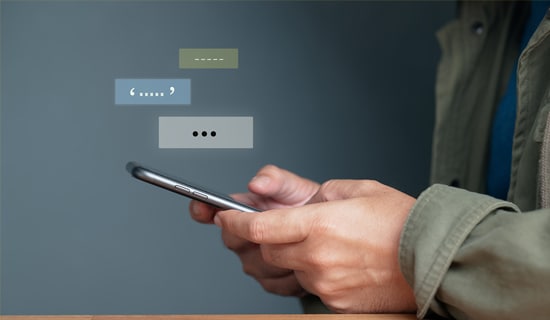Table of Contents
- Introduction
- January 2007: GIMF Announces Release of New "Mujahideen Secrets" Software
- January 2008: Al-Ekhlas Announces Release of "Mujahideen Secrets 2" Software
- January 2009: GIMF Forum Posts Video Guide to Online Security
- September 2009: TRSC Releases "Mobile Secret" for Encryption on Cell Phones and PDAs
- October 2009: AQAP Leader and Former Osama bin Laden Secretary Nasir Al-Wuheishi Discusses Email Encryption
- September 2010: New Online Jihadi Group to Crowdsource Technical Expertise for Mujahideen - Including Disseminating "Mujahideen Secrets" Encryption Software
- 2010-2011: Anwar Al-Awlaki Provides Encryption Tools to His Followers
- AQAP, Al-Awlaki Provide Encryption Information For Followers in the West, Allowing Easy Communication
- Summer 2010: Inspire Magazine Issue I Includes Article Titled "How To Use Asrar Al-Mujahiden: Sending and Receiving Encrypted Messages"
- Fall 2010: Inspire Magazine Issue II Includes Article Titled "ASRAR AL-MUJAHIDEEN Terr0r1st Extras 2.0"
- March 2011: Inspire Magazine Issue V Invites Readers To "Send Your Questions to Sheikh Al-Awlaki" - via Encrypted Email Messages
- Testing Inspire's Encryption Code to Contact Al-Awlaki
- Conclusion
- Appendix I: Inspire Magazine Issue I Provides Six Steps to Encrypt Files for Communication Purposes
- Appendix II: Inspire Magazine Issue II Provides Three More Steps to Protect Files Including File Shredding and Warns to be Careful of Intelligence Services
Introduction
In January 2007, Al-Qaeda began to use encryption tools for its online activities, particularly for communications efforts, often utilizing security software based on military grade technology. The goal was to hide messages and to protect data transferred via networks, the Internet, mobile phones, ecommerce, Bluetooth, and the like. This development was in direct response to various security breaches of its websites over the past years by Western government agencies.
The issue of encryption by Al-Qaeda made news most recently following the killing of Osama bin Laden. U.S. intelligence sources reported that much of the material seized at bin Laden's compound was encrypted and stored electronically on computers, laptops, hard drives, and storage devices.[1]
This report traces the development of Al-Qaeda's encryption development efforts - from basic software first used by a few high ranking members to mass online distribution available to major Al-Qaeda-affiliated websites and chat rooms.
To request a full copy of this MEMRI Jihad and Terrorism Threat Monitor report, send us an email with the report title, number, and date in the subject line, and include your name, title, organization, and official contact info in the body of the email.
Latest Posts



